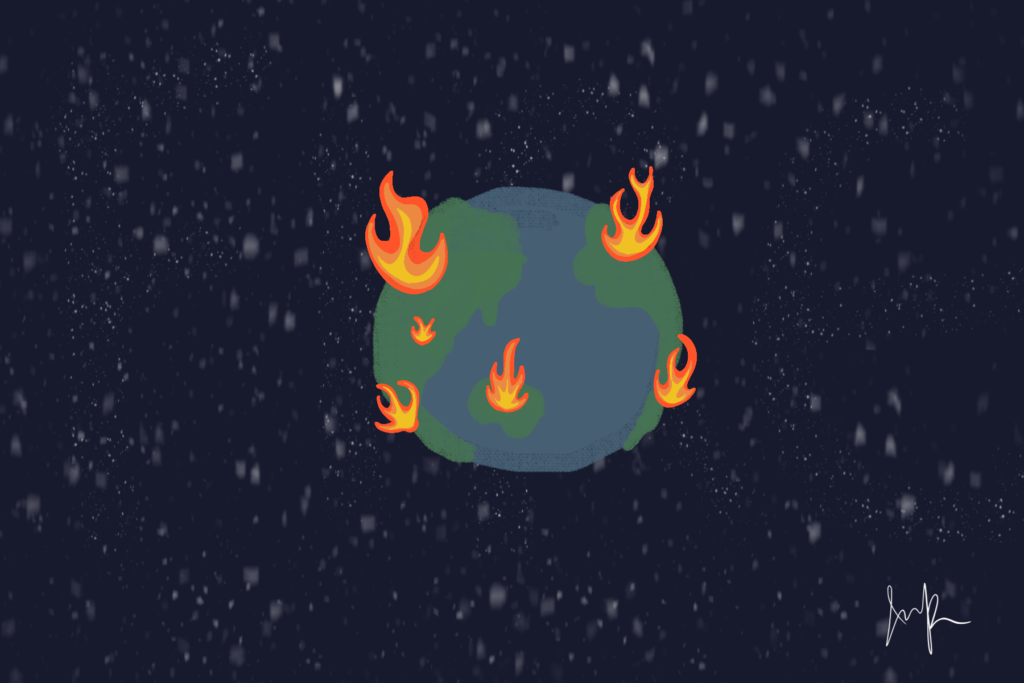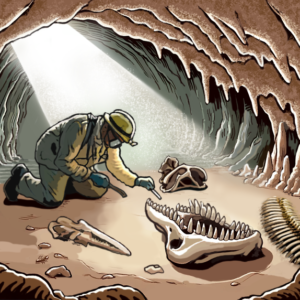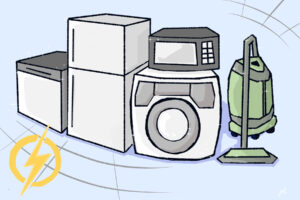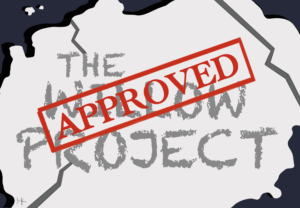
Illustrated by Julianne Park.
For the past few years, California has been experiencing wildfires more extreme and destructive than ever. The drought and the dry winds and the smoky skies are among daily experiences that Californians can relate to during the fall seasons. Many remember the dark orange skies last year at the beginning of September, so densely thick with smog and ashes.
However, California isn’t the only victim of wildfires.
In late 2019, parts of the Amazon rainforest burned up as a result of tens of thousands of wildfires that rage across its beloved forests. At the end of 2019 and through 2020, the world watched in horror as Australia’s trees went up into smoke. Unfortunately, the situation has not been alleviated as now it seems like everywhere around the world is on fire.
On June 30, a town called Lytton in British Colombia broke a national heatwave record of 121 degrees. Only hours later, the town was engulfed in flames, resulting in the death of two and injuring others. What started with Wildfires continued to break out all over British Colombia.

Oregon is facing its own adversity with severe droughts and fires. According to Insurance Information Institute (III), “In Oregon, the Bootleg Fire burned 413,765 acres and was 85.4 percent contained.” In total, according to the III, around 564,000 acres have been burned in Oregon as of 2021.
Even in Yakutsk, Russia, one of the coldest cities on the planet, people now witness fires ripping down their forests. Turkey and Greece are also in the state of fire control as fires barely blaze past one of the world’s most historic sites.
The current Dixie fire in California has been active for 23 days and has burned over 400,000 acres of land. The Governor has announced an emergency proclamation for affected counties by both the Lava Fire and the Beckwourth Complex Fires.
Why are these fires happening?
Several factors are behind the flames that seem to be burning the world, ranging from clear-cutting to burning fossil fuels to simple unsustainable agricultural practices.
And more surprisingly, climate change is still a question to many people. “Climate change isn’t real.”
Well, tell this to the thousands who have lost their homes to fires. Tell this to the trees and animals burning up in flames. Tell this to the planet whose temperatures are rising dramatically and unnaturally.
The global rise in temperatures, increase in carbon emissions, extreme severity of droughts, the dry soils, and the lack of water in the west are all contributing to these massive dangerous fires.
Each region has its own reasons for the fires.
California, for example, is currently in an extreme drought. People in areas like this must reduce the amount of water they waste. That means shorter showers, fewer sprinklers, and no unnecessary water usage.
These fires give us a bigger message than just fire. It shows us how no matter how hard people try to avoid climate change and environmental activism, it is an inevitable cost for our actions. That’s why we have to act now.
Works Cited
“Current Wildfire Activity – Province of British Columbia.” Gov.bc.ca, 2019, www2.gov.bc.ca/gov/content/safety/wildfire-status/wildfire-situation.
Insurance Information Institute. “Facts + Statistics: Wildfires | III.” Iii.org, 2020, www.iii.org/fact-statistic/facts-statistics-wildfires.
Kottasová, Ivana. “Wildfires Have Erupted across the Globe, Scorching Places That Rarely Burned Before.” CNN, 22 July 2021, www.cnn.com/2021/07/22/world/wildfires-siberia-us-canada-climate-intl/index.html. Accessed 7 Feb. 2023.
“The World Has Been on Fire for the Past Month. Here’s What It Looks Like.” Time, time.com/6087748/wildfires-around-the-world-photos/.
The views and opinions expressed are those of the authors and do not necessarily reflect nor represent the Earth Chronicles and its editorial board.









